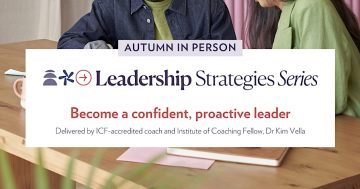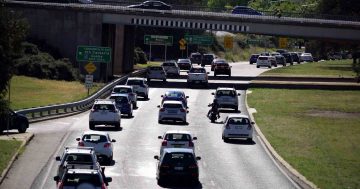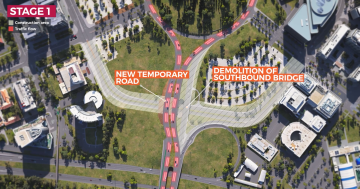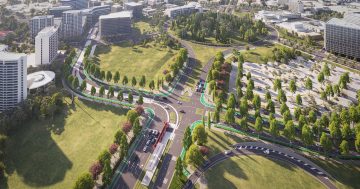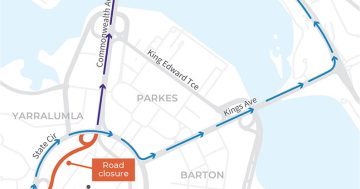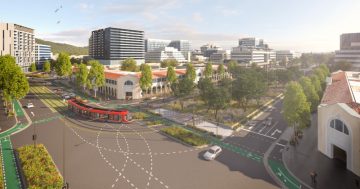
This year, Canberrans who live and commute along what will be the light rail route between Civic and Gungahlin are the have nots and the rest of us the haves, but once construction is completed, those roles will be reversed for good.
Residents and workers in the Inner North and Gungahlin will be affected all year by works associated with the mammoth construction project, from lane closures on Flemington Road to changes to traffic flow in the Gungahlin Town Centre and cycleway and bus diversions (see the latest update on changes below).
The rest of us will feel smug as we cruise through our daily commutes, but it won’t last. Come 2018, when the light rail comes online, all the upheaval will be forgotten, as those who live on or near the route become the haves to us have nots.
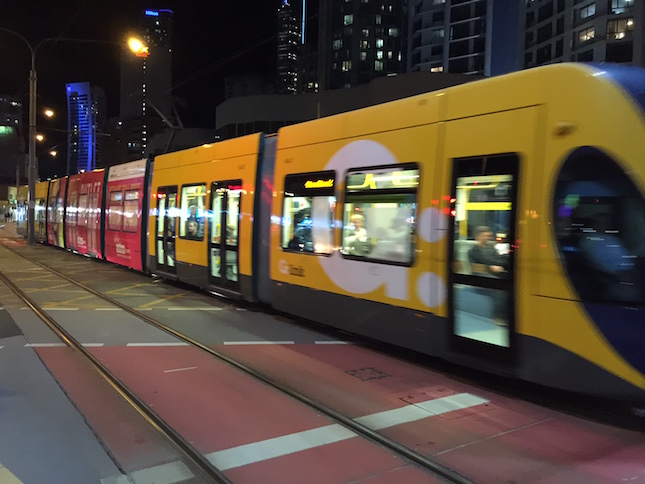
They’ll be wandering down to their nearest light rail stop, tapping on and sitting down to read a book or listen to a podcast while they enjoy a smooth ride on state of the art public transport to their destination.
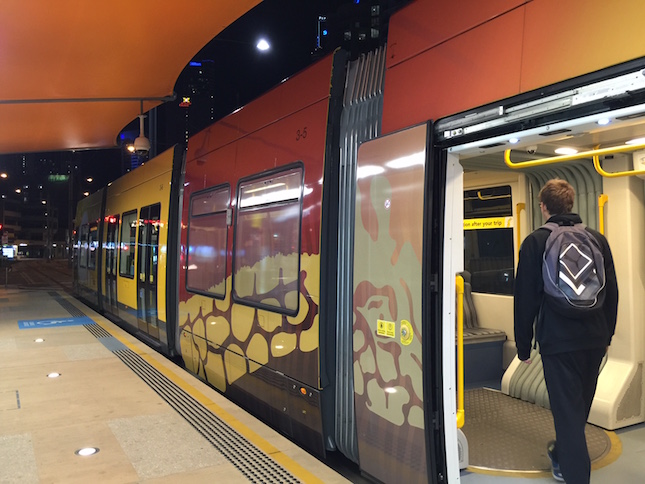
The rest of us will be sitting in traffic or at a bus stop wondering whether we’ve missed our bus and will have to wait another 25 minutes for the next one, while the light rail commuters will have certainty and stress free travel.
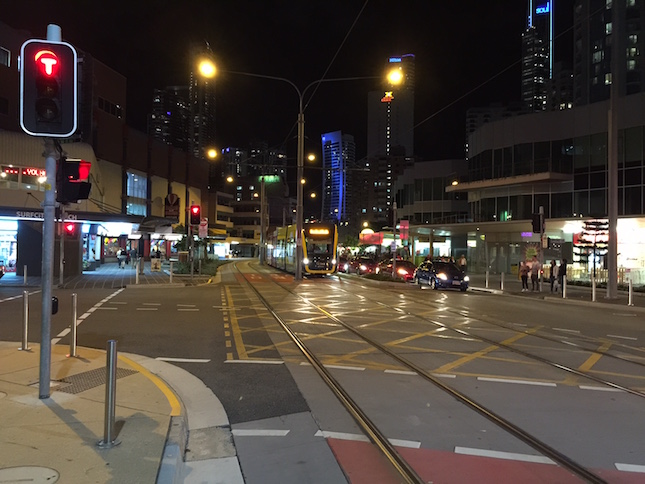
Similarly, those of us who are whinging now about the loss of trees and the fact that tourists arriving via Northbourne are greeted by the city’s lengthiest construction site will in time appreciate the fact that our primary gateway will feature our most modern and high tech public infrastructure at its heart. Contemporary landscaping and the renewal of fading urban developments along the route will add to the buzz after decades of living with a tired-looking entrance to the city.
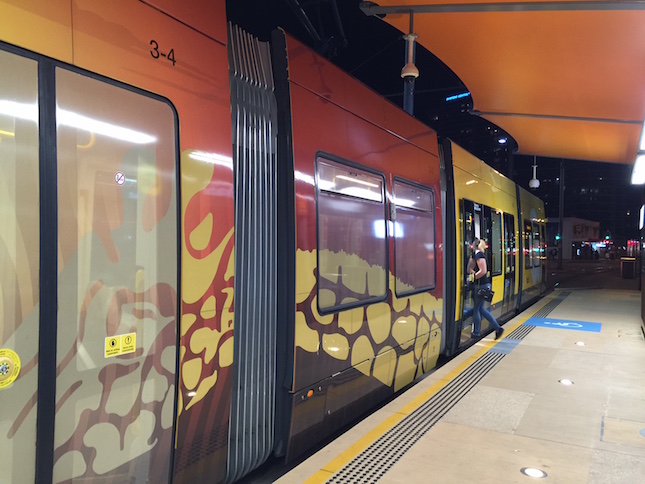
You may not agree now, but I reckon in a couple of years, you’ll have forgotten all the inconvenience and construction mess and either moved to the light rail catchment or be kicking yourself for locking yourself in elsewhere.
Canberrans will be scrambling to move to or invest in a suburb along the route as the project nears completion – or looking ahead to the Woden link and considering apartments there or houses in suburbs like Curtin, Deakin or Yarralumla. Property prices have already risen in these areas, but will boom as the infrastructure becomes a reality.
Not convinced? Try commuting from the suburbs to the city in Sydney during peak hour. There’s a reason everyone tries to live on a train, ferry or light rail line in the harbour city. Cars are a passport to hell. If you can live without one, you will.
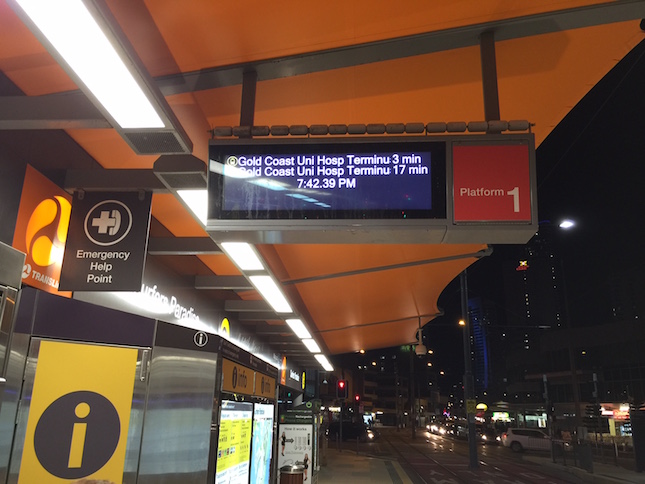
Or spend an afternoon on the light rail at the Gold Coast. We visited a few months back and were amazed at the impact this project has had on the concrete jungle that is Surfers Paradise. The tram stops are bright and modern, transforming the precinct from its 1970s origins and providing a seamless link between it and the neighbouring towns. We travelled from end to end just because we could. The kids loved it. I loved it. As you can see from the images illustrating this article, I took more photos of the tramlines and trams than we did of the dolphins and penguins at Seaworld.
The Gold Coast tram has been even more successful than its planners had hoped, with more than 14 million people riding “the G” in its first two years to mid-2016, for an average of more than 20,000 trips per day.
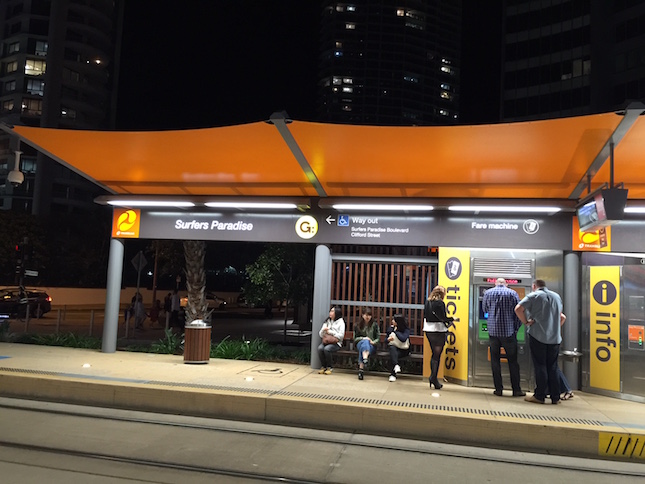
The tram is going to transform this town, helping it along on its journey from bush capital to world city.
We can bear the pain for the gain. Yes we can, Canberra.

FLEMINGTON ROAD CHANGES
Long-term lane closures on Flemington Road, primarily around Mitchell, between the Federal Highway and Wells Station Drive, commence March 17 and will continue till December to allow the widening of the road to accommodate the new light rail alignment. Signed detours will be in place but if motorists can, they should consider taking alternate routes in and out of Gungahlin (see below).
• Just north of Sandford Street to south of Well Station Drive, contraflow arrangement will be implemented where both southbound and northbound traffic will be realigned on the section of road currently used for two lanes of southbound traffic only. Traffic will be restricted to one lane in each direction.
• Randwick Road to Sandford Street – Northbound traffic reduced to one lane.
• Federal Highway to north of Sandford Street – The southbound bus lane will be closed with buses directed onto the remaining single southbound traffic lane.
• Access to Lysaght intersection will also be closed due to the contraflow arrangement and signed detours will be in place to redirect traffic.
• Access to the businesses on Flemington Road via the slip road between Sandford Street and Lysaght Street will remain open.
SUGGESTED DIVERSION FOR MOTORISTS
• From City to Gungahlin via Barton Highway and Gungahlin Drive
• From City to Gungahlin via Barton Highway, Gundaroo Drive and/or Gungahlin Drive
• From Federal Highway to Gungahlin via Horse Park Drive and Anthony Rolfe Avenue
GUNGAHLIN TOWN CENTRE CHANGES
Hibberson Street in the Gungahlin Town Centre will be closing to vehicular traffic from April 10 between Kate Crace Street and Gungahlin Place, with bus services diverted outside of Hibberson Street.
Construction of the new bus interchange for Gungahlin will begin in April and is expected to be completed in December.
BUS CHANGES
#The following stops will be closed during this work:
• Stops 4927 and 4928 on Flemington Road near Randwick Road
Bus stops will remain open at both Exhibition Park and Mitchell. These stops are:
• 4751: Flemington Rd Exhibition Park
• 4752: Flemington Rd opp Exhibition Park
• 6036: Flemington Rd after Sandford St
• 6037: Flemington Rd after Lysaght St
Flemington Road will remain the major bus corridor for the duration of these works.
CYCLEWAY CHANGES
Cyclists should note that the southbound shared path adjacent to EPIC will be closed.
The following lanes will be made available for cyclists:
• Both northbound and southbound on-road cycle lanes between Federal Highway and Sandford Street.
• Off-road cycle path between Sandford Street and Well Station Drive, adjacent to Flemington Road southbound lane.
MORE INFORMATION
Visit www.transport.act.gov.au for more detail on the changes and to see maps.
For up-to-date information on road closures please call Access Canberra on 13 22 81 or visit www.tccs.act.gov.au
Canberrans can also subscribe to a weekly construction update by visiting the Transport Canberra website.

Pictured above are various views of the Gold Coast light rail. Photos: Charlotte Harper











